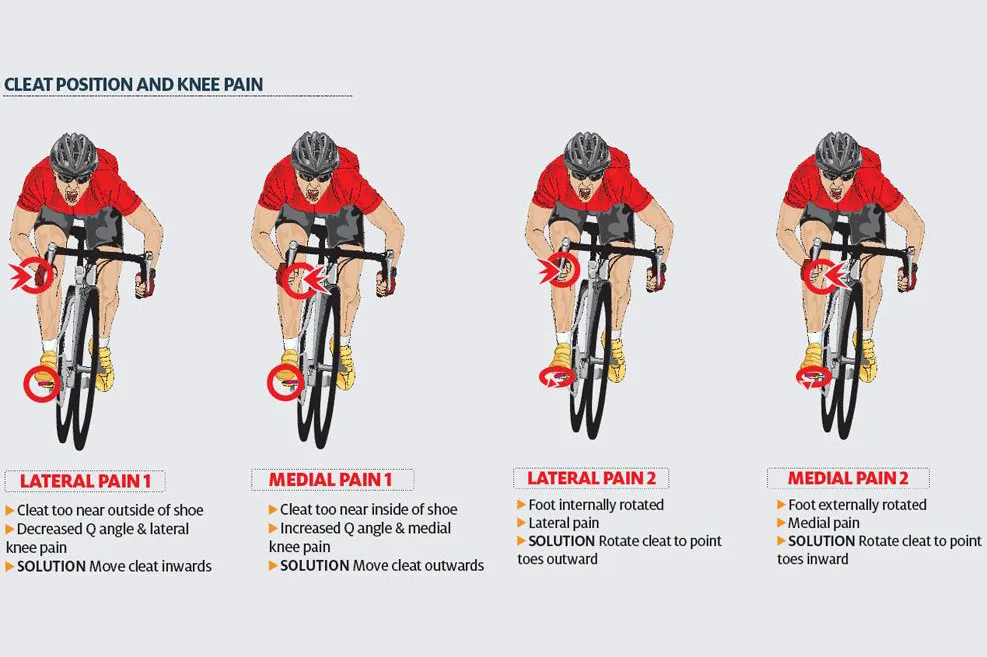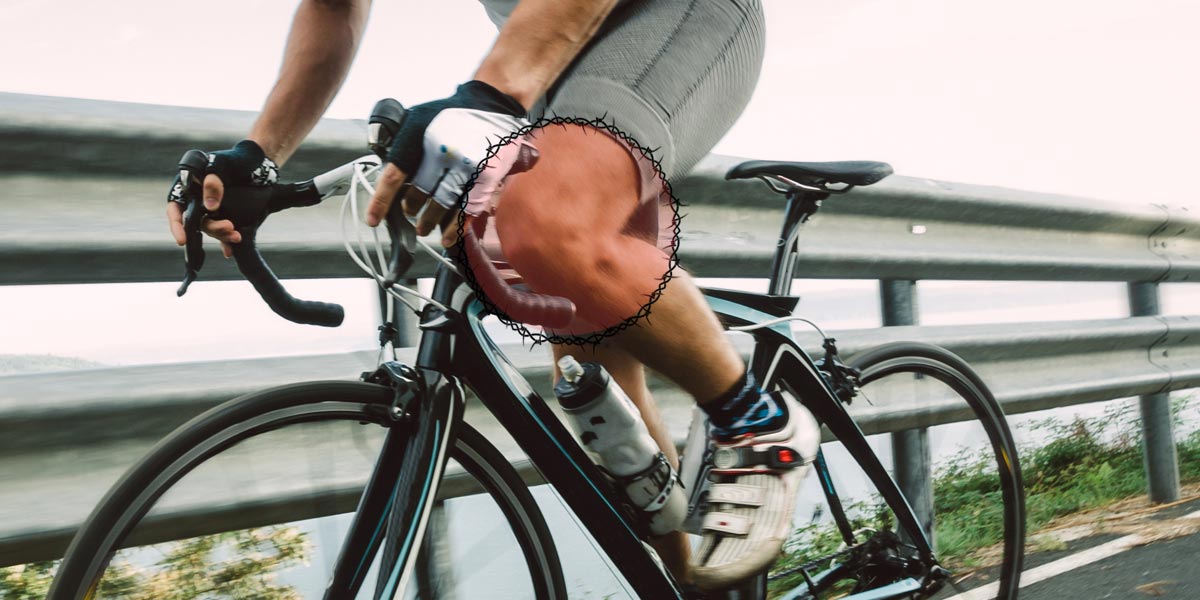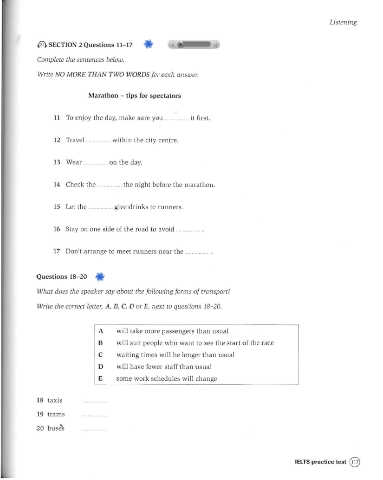How To Prevent Knee Pain When Cycling
To prevent knee pain when cycling, ensure proper bike fit and use correct riding techniques. Proper bike fit and good riding posture are crucial for preventing knee pain during cycling.
Knee pain is a common issue that many cyclists face, but with the right precautions, it can be minimized or avoided. By focusing on bike fit and maintaining proper form while riding, you can significantly reduce the risk of developing knee pain.
We will explore some tips and techniques to help you prevent knee pain and enjoy your cycling experience to the fullest. Let’s delve into how you can protect your knees and make the most of your cycling adventures.

Credit: www.onepeloton.com
Proper Bike Fit
Proper bike fit is essential in preventing knee pain when cycling. A correct bike fit helps to distribute the body weight properly, reducing stress on the knees and ensuring a comfortable and efficient ride.
Saddle Height
Ensuring the correct saddle height is crucial in preventing knee pain. When the saddle is too low, it can lead to increased stress on the knees. On the other hand, if the saddle is too high, it can cause rocking of the hips, leading to potential injury. To find the optimal height, sit on the saddle with the pedal at the lowest point. Your leg should have a slight bend in the knee when the pedal is at its lowest position.
Handlebar Position
The handlebar position also plays a significant role in preventing knee pain. The handlebars should be positioned in a way that allows a slight bend in the elbows, promoting a more relaxed and comfortable riding posture. Incorrect handlebar positioning can lead to excessive strain on the arms and shoulders, indirectly impacting the knees.
Correct Cycling Technique
In cycling, mastering the correct cycling technique is crucial to prevent knee pain and ensure an enjoyable ride. By focusing on pedaling cadence and body position, you can minimize strain on your knees and maximize efficiency.
Pedaling Cadence
Maintain a consistent pedaling cadence to reduce stress on your knees. Aim for a cadence of around 80-100 revolutions per minute to prevent overstraining your knee joints.
Body Position
Ensure your body position is properly aligned to avoid knee pain. Keep your knees in line with your feet and hips to preserve proper alignment and prevent unnecessary stress on the knees.
Effective Warm-up And Cool-down
Looking to prevent knee pain when cycling? Start with an effective warm-up and cool-down routine. These essential exercises help to prepare your muscles and joints, reducing the risk of injury and promoting better performance on your bike.
Incorporating a proper warm-up and cool-down routine into your cycling regimen is crucial for preventing knee pain. These practices help prepare your muscles and joints for exercise and aid in recovery post-ride.Dynamic Stretches
Dynamic stretches involve moving parts of your body through a full range of motion. Perform leg swings, walking lunges, and hip circles to increase blood flow and flexibility.Foam Rolling
Foam rolling can help release muscle tightness and improve circulation. Focus on rolling out your quads, hamstrings, and IT band to alleviate tension in the knee area.
Credit: www.bikeradar.com
Strength And Conditioning Exercises
Prevent knee pain during cycling with these effective strength and conditioning exercises. Incorporating exercises like squats, lunges, and leg presses can help strengthen the muscles around the knee, reducing the risk of pain and injury. Additionally, focusing on flexibility and proper bike fit can also play a key role in preventing knee discomfort while cycling.
Strength and conditioning exercises are essential for preventing knee pain when cycling. By focusing on quadriceps strengthening and hip flexor activation, cyclists can enhance their muscle stability and reduce the risk of knee injuries. Let’s delve into each of these areas to understand how they play a crucial role in mitigating knee pain during cycling.Quadriceps Strengthening
Quadriceps are among the primary muscles engaged during cycling, and by strengthening them, cyclists can provide better stability and support for the knee joint. Incorporating exercises such as squats, lunges, and leg extensions, cyclists can effectively build strength in their quadriceps. Additionally, including cycling-specific exercises like leg presses can further target this muscle group and contribute to overall knee stability.Hip Flexor Activation
Hip flexors play a significant role in maintaining proper leg alignment during cycling, thereby reducing stress on the knees. Lunges, standing hip flexion, and bicycle kicks are effective exercises for activating and strengthening the hip flexor muscles. By maintaining flexibility and strength in the hip flexors, cyclists can enhance their pedaling efficiency and reduce the potential for knee pain. By focusing on these strength and conditioning exercises, cyclists can proactively address the root causes of knee pain, ultimately enhancing their cycling experience and preventing potential injuries.Rest And Recovery
Cycling is an excellent low-impact exercise that promotes cardiovascular fitness and strengthens the muscles. However, prolonged and intense cycling can sometimes lead to knee pain. To keep your knees healthy and pain-free, it is essential to prioritize rest and recovery in your cycling routine. Rest days and post-ride recovery strategies play a crucial role in preventing knee pain. Let’s explore these aspects:
Rest Days
Rest days are not just for restocking energy levels; they are also essential for preventing knee pain during cycling. Taking regular breaks allows your knees to recover from the repeated stress and strain they endure while cycling. During rest days, your knee joints can heal, reducing inflammation and minimizing the risk of chronic pain.
Post-ride Recovery
After a cycling session, it is crucial to incorporate effective post-ride recovery strategies into your routine. These strategies help reduce muscle fatigue and prevent overuse injuries such as knee pain. Here are some recovery techniques to keep in mind:
- Ice therapy: Applying an ice pack or ice massage to the knees for 10-15 minutes helps reduce inflammation and soothe any swelling or soreness.
- Compression: Wearing compression sleeves or wraps on your knees can enhance circulation and decrease joint swelling, promoting faster recovery.
- Elevation: Elevating your legs above heart level for 15-20 minutes helps reduce swelling and aids in overall recovery.
- Gentle stretching: Perform gentle stretching exercises that focus on the muscles surrounding your knees. Stretching helps improve flexibility and reduce muscle tightness.
- Hydration: Proper hydration is crucial for muscle recovery. Drinking enough water replenishes lost fluids and aids in removing waste products from your muscles.
- Nutrition: Consuming a well-balanced diet that includes foods rich in antioxidants and anti-inflammatory properties promotes overall recovery and helps prevent knee pain.
By incorporating rest days and practicing effective post-ride recovery techniques, you can significantly reduce the risk of knee pain when cycling. Prioritizing the health of your knees ensures that you can continue to enjoy the benefits of cycling for years to come. Remember, prevention is always better than cure, and taking care of your knees is a wise investment in your long-term cycling journey.

Credit: marquemedical.com
Frequently Asked Questions On How To Prevent Knee Pain When Cycling
How Can I Prevent Knee Pain When Cycling?
To prevent knee pain when cycling, it is important to maintain proper bike fit, use a low gear, and gradually increase your mileage and intensity.
What Exercises Can I Do To Prevent Knee Pain When Cycling?
Engaging in regular strength and flexibility exercises, such as squats, lunges, and stretching the quadriceps and hamstrings, can help prevent knee pain when cycling.
Should I Adjust My Pedaling Technique To Prevent Knee Pain When Cycling?
Yes, adjusting your pedaling technique to a smooth and circular motion can help distribute the workload evenly, reducing the strain on your knees when cycling.
Conclusion
To wrap up, preventing knee pain while cycling is crucial for enjoying the sport. By incorporating proper bike fitting, strength training, and maintaining a consistent pedaling cadence, you can significantly reduce the risk of knee discomfort. Remember to listen to your body and seek professional guidance if needed, so you can continue cycling pain-free for years to come.







